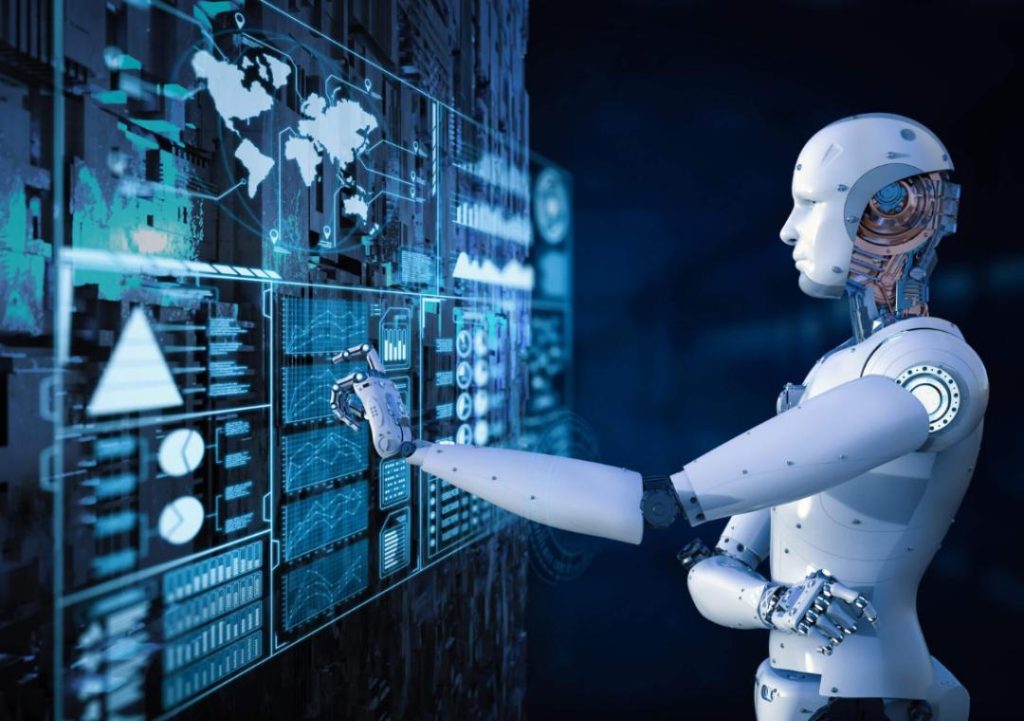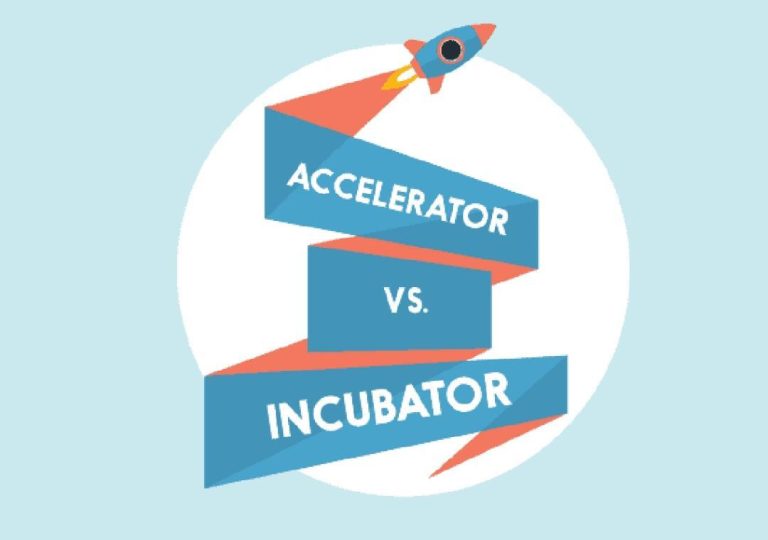
AI & Automation: The Productivity Power Duo
In today’s fast-paced business landscape, companies are constantly seeking ways to boost productivity, reduce costs, and stay ahead of the competition. One powerful combination that’s gaining traction is AI and automation. By integrating robotic process automation (RPA) with artificial intelligence (AI), businesses can streamline their operations, increase efficiency, and unlock new levels of success.
In this blog post, we’ll delve into the world of intelligent automation, exploring how AI and RPA work together to revolutionize the way organizations operate. We’ll also examine the benefits of this powerful duo and provide insights on how to implement it successfully in your own business.
What is Intelligent Automation?
Intelligent automation is a type of automation that combines RPA with AI to create a more advanced and sophisticated automation system. RPA is a technology that uses software robots to perform repetitive and routine tasks, such as data entry, document processing, and customer service. AI, on the other hand, is a type of machine learning that enables computers to learn from data and make decisions independently.
When RPA and AI are combined, they form a powerful partnership that can automate a wide range of tasks, from simple data entry to complex decision-making. This integration allows businesses to automate not only routine tasks but also tasks that require human judgment and creativity.
How AI & Automation Work Together
So, how do AI and automation work together to boost productivity? Here’s a breakdown of the process:
- Data Collection: AI-powered bots collect data from various sources, such as databases, spreadsheets, or social media platforms.
- Process Automation: RPA software robots then take over, automating routine tasks such as data entry, document processing, and customer service.
- Intelligent Decision-Making: AI algorithms analyze the data and make decisions based on predefined rules and patterns.
- Continuous Learning: The AI system learns from the data and adapts to new patterns and exceptions, allowing it to improve its decision-making over time.
Benefits of AI & Automation
The benefits of AI and automation are numerous and compelling. Here are a few key advantages:
- Increased Efficiency: Automation reduces the need for manual labor, freeing up human resources to focus on higher-value tasks.
- Improved Accuracy: AI-powered systems are less prone to errors than human workers, ensuring that tasks are completed with precision and accuracy.
- Enhanced Customer Experience: Automation enables businesses to provide 24/7 customer support, respond quickly to inquiries, and offer personalized services.
- Cost Savings: Automation reduces labor costs, minimizes the risk of human error, and optimizes resource allocation.
- Scalability: AI and automation can handle large volumes of data and scale quickly to meet changing business demands.
Industry-Specific Use Cases
AI and automation are transforming industries across the board. Here are a few examples:
- Finance and Banking: Automation is helping banks and financial institutions streamline loan processing, reduce risk, and improve customer service.
- Healthcare: AI-powered systems are assisting doctors in diagnosing diseases, streamlining medical records, and improving patient outcomes.
- Retail: Automation is helping retailers optimize inventory management, personalize customer experiences, and improve supply chain efficiency.
- Manufacturing: AI and automation are revolutionizing manufacturing by enabling predictive maintenance, optimizing production lines, and improving product quality.
Implementing AI & Automation
While the benefits of AI and automation are undeniable, implementing this technology can be a complex and challenging process. Here are a few tips to consider:
- Start Small: Begin with a small pilot project to test the waters and ensure a smooth transition.
- Identify Business Needs: Clearly define your business needs and goals to ensure that your automation solution meets your requirements.
- Choose the Right Technology: Select the right RPA and AI tools for your business, taking into account factors such as scalability, flexibility, and ease of use.
- Train Your Team: Provide training and support to your team to ensure they can work effectively with the new automation system.
- Monitor and Adjust: Continuously monitor the performance of your automation system and make adjustments as needed to optimize its effectiveness.
Conclusion
AI and automation are a powerful duo that can transform the way businesses operate. By combining RPA with AI, organizations can automate routine tasks, improve efficiency, and unlock new levels of productivity. While implementing this technology can be complex, the benefits are undeniable. By starting small, identifying business needs, choosing the right technology, training your team, and monitoring and adjusting, you can unlock the full potential of AI and automation in your business.
Source:






